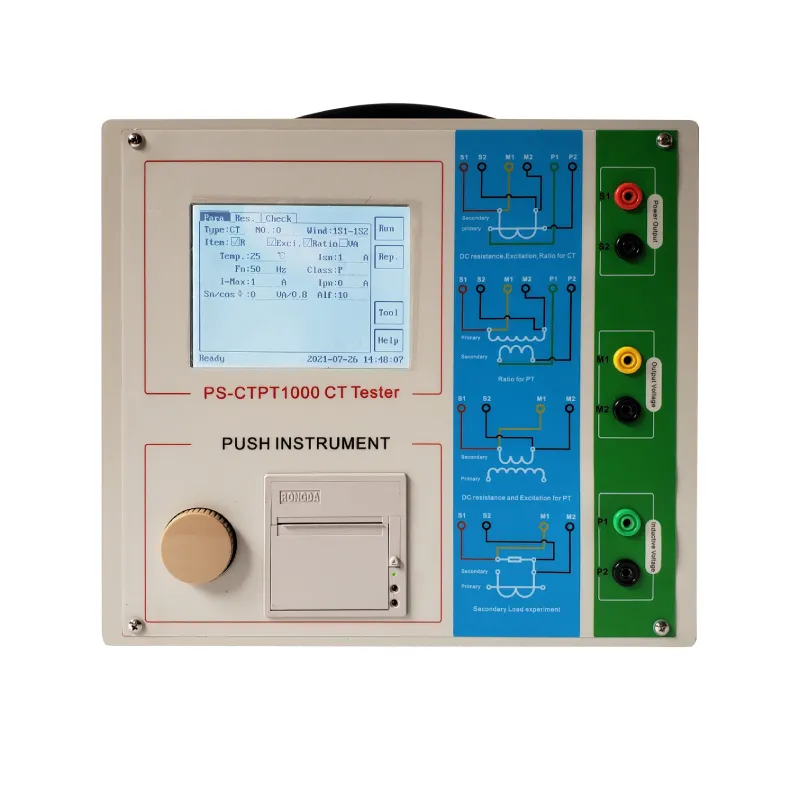 English
English



-
 Afrikaans
Afrikaans -
 Albanian
Albanian -
 Amharic
Amharic -
 Arabic
Arabic -
 Armenian
Armenian -
 Azerbaijani
Azerbaijani -
 Basque
Basque -
 Belarusian
Belarusian -
 Bengali
Bengali -
 Bosnian
Bosnian -
 Bulgarian
Bulgarian -
 Catalan
Catalan -
 Cebuano
Cebuano -
 China
China -
 China (Taiwan)
China (Taiwan) -
 Corsican
Corsican -
 Croatian
Croatian -
 Czech
Czech -
 Danish
Danish -
 Dutch
Dutch -
 English
English -
 Esperanto
Esperanto -
 Estonian
Estonian -
 Finnish
Finnish -
 French
French -
 Frisian
Frisian -
 Galician
Galician -
 Georgian
Georgian -
 German
German -
 Greek
Greek -
 Gujarati
Gujarati -
 Haitian Creole
Haitian Creole -
 hausa
hausa -
 hawaiian
hawaiian -
 Hebrew
Hebrew -
 Hindi
Hindi -
 Miao
Miao -
 Hungarian
Hungarian -
 Icelandic
Icelandic -
 igbo
igbo -
 Indonesian
Indonesian -
 irish
irish -
 Italian
Italian -
 Japanese
Japanese -
 Javanese
Javanese -
 Kannada
Kannada -
 kazakh
kazakh -
 Khmer
Khmer -
 Rwandese
Rwandese -
 Korean
Korean -
 Kurdish
Kurdish -
 Kyrgyz
Kyrgyz -
 Lao
Lao -
 Latin
Latin -
 Latvian
Latvian -
 Lithuanian
Lithuanian -
 Luxembourgish
Luxembourgish -
 Macedonian
Macedonian -
 Malgashi
Malgashi -
 Malay
Malay -
 Malayalam
Malayalam -
 Maltese
Maltese -
 Maori
Maori -
 Marathi
Marathi -
 Mongolian
Mongolian -
 Myanmar
Myanmar -
 Nepali
Nepali -
 Norwegian
Norwegian -
 Norwegian
Norwegian -
 Occitan
Occitan -
 Pashto
Pashto -
 Persian
Persian -
 Polish
Polish -
 Portuguese
Portuguese -
 Punjabi
Punjabi -
 Romanian
Romanian -
 Russian
Russian -
 Samoan
Samoan -
 Scottish Gaelic
Scottish Gaelic -
 Serbian
Serbian -
 Sesotho
Sesotho -
 Shona
Shona -
 Sindhi
Sindhi -
 Sinhala
Sinhala -
 Slovak
Slovak -
 Slovenian
Slovenian -
 Somali
Somali -
 Spanish
Spanish -
 Sundanese
Sundanese -
 Swahili
Swahili -
 Swedish
Swedish -
 Tagalog
Tagalog -
 Tajik
Tajik -
 Tamil
Tamil -
 Tatar
Tatar -
 Telugu
Telugu -
 Thai
Thai -
 Turkish
Turkish -
 Turkmen
Turkmen -
 Ukrainian
Ukrainian -
 Urdu
Urdu -
 Uighur
Uighur -
 Uzbek
Uzbek -
 Vietnamese
Vietnamese -
 Welsh
Welsh -
 Bantu
Bantu -
 Yiddish
Yiddish -
 Yoruba
Yoruba -
 Zulu
Zulu
Exploring the Efficiency of Riv Test Transformer in Modern Applications
Understanding the Riv Test Transformer An Overview
In the realm of electrical engineering, transformers play a pivotal role in the transmission and distribution of electricity. Among the various tests conducted to ensure the functionality and reliability of transformers, the Riv Test (Residual Insulation Voltage Test) stands out as a crucial diagnostic tool, particularly when dealing with transformer insulation systems. This article aims to provide an in-depth understanding of the Riv Test transformer, its purpose, methodology, and implications for transformer maintenance and safety.
What is a Riv Test?
The Riv Test is employed to assess the insulation condition and integrity of a transformer. It measures the residual voltage on the transformer insulation by applying a specific test voltage. The primary aim is to identify any weaknesses or failures in the insulation system that could lead to catastrophic failures or operational inefficiencies. This test is particularly important for transformers that have been in service for a significant period or those that have experienced unusual operational conditions, such as over-voltage incidents or environmental stress factors.
Importance of the Riv Test
1. Preventive Maintenance Conducting a Riv Test allows for early detection of potential insulation failures, thereby facilitating timely maintenance interventions. This proactive approach helps in extending the life of the transformer and ensuring reliable operation.
2. Safety Assurance Faulty insulation can lead to electrical arcing, short circuits, and fire hazards. The Riv Test helps in identifying weak spots in the insulation, ensuring that transformers operate safely and do not pose a risk to personnel or equipment.
3. Performance Optimization Transformers that operate with compromised insulation may show signs of reduced efficiency. By using the Riv Test to identify and rectify insulation issues, operators can optimize the performance of the transformer, leading to better energy management and reduced operational costs.
riv test transformer

Methodology of the Riv Test
The Riv Test typically involves the following steps
1. Preparation The transformer is disconnected from the power supply. It is important to ensure that there is no residual power present, as this could affect test results and pose safety risks.
2. Test Setup A test voltage is applied across the transformer’s insulation system. The applied voltage level is usually predefined based on industry standards and the specific ratings of the transformer.
3. Measurement The residual voltage is measured after the test voltage is applied for a specified duration. This measurement helps to assess the condition of the insulation over time and establish any patterns of deterioration.
4. Analysis The collected data is analyzed to determine the integrity of the insulation. Engineers compare the results against standard benchmarks to identify any deviations that may indicate potential insulation failure.
Conclusion
The Riv Test transformer is an essential process for maintaining the safety, reliability, and efficiency of transformers in power systems. As electrical infrastructure continues to age and undergo stress from increased demand and environmental conditions, implementing regular Riv Tests can significantly mitigate risks associated with transformer insulation failures. Understanding the importance and methodology of such tests empowers engineers and operators to make informed decisions about maintenance and operational protocols, ultimately enhancing the longevity and performance of these critical components in the electrical grid. For anyone involved in the maintenance and management of electrical transformers, staying updated on diagnostic tools like the Riv Test is crucial in achieving operational excellence and safety in power distribution.
-
Ensuring SF₆ Gas Safety: Introducing PUSH’s Integrated SF₆ Analyzer for Dew Point, Purity, and Decomposition MonitoringNewsJul.10,2025
-
Exploring the Main Types of Industrial Endoscopes and Their Applications Across IndustriesNewsJul.04,2025
-
Testing Equipment Industry Sees Major Advancements in 2025: Smart & Precision Technologies Lead the WayNewsJun.06,2025
-
Applications of Direct Current Generators in Renewable Energy SystemsNewsJun.05,2025
-
Hipot Tester Calibration and Accuracy GuidelinesNewsJun.05,2025
-
Digital Circuit Breaker Analyzer Features and BenefitsNewsJun.05,2025



